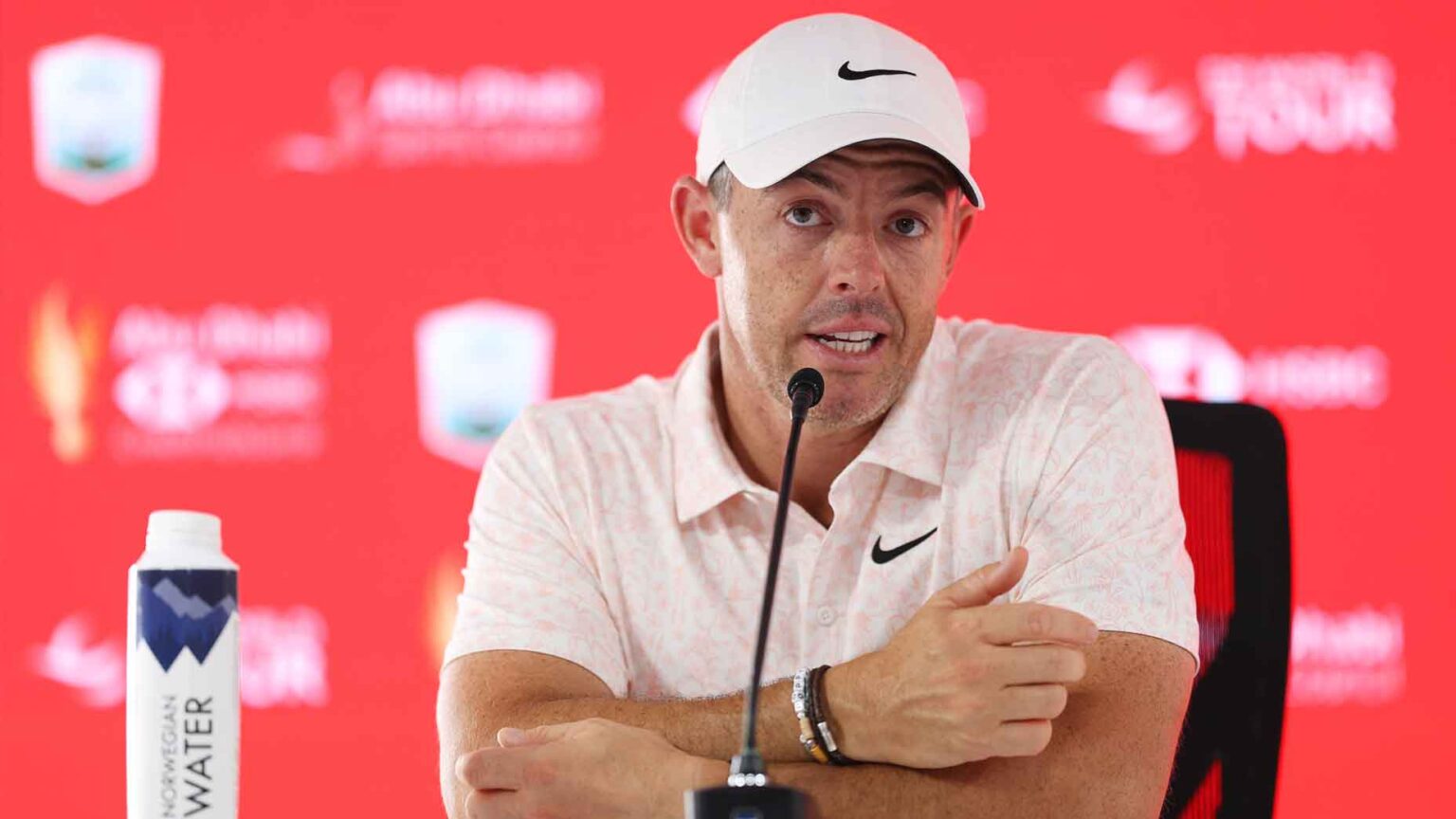LIV Golf’s latest move surprised many in the golf world, but it left Rory McIlroy with more questions than answers.
On Tuesday, LIV Golf announced a surprising change to its competition format, moving all events to 72 holes, effective immediately. This move brings breakaway leagues more in line with professional golf’s competitive structure and should clear one of the hurdles to gaining entry to the Official World Golf Rankings, allowing LIV players to earn the World Ranking Points needed to gain access to major championships.
But McIlroy, speaking ahead of the 2025 Abu Dhabi HSBC Championship at Yas Links on Wednesday, said he is unsure whether the drastic changes from the Rebel League will have the expected impact.
“I think it’s a strange move because I think they could have gotten ranking points in three rounds,” McIlroy said. “I don’t think the third round versus the fourth round held them back.
“It certainly puts them more in line with traditional golf tournaments than what we’ve all been doing. It puts them back where they’re not really disruptors and more in line with what everyone else is doing. But if that’s what they felt they needed to do to get ranking points, I think that’s what they had to do.”
LIV’s mysterious backer finally speaks: trades, goals and playing with Tiger
LIV Golf’s move to 72 holes has been rumored for a while, and this should come as no surprise. The change to 72 holes runs counter to the league’s branding and original selling point, which was to streamline the viewing experience with 54-hole shotgun start tournaments to make golf more understandable in an era of short attention spans. However, LIV cannot overcome the fact that OWGR status gives the league eligibility for major championships, and the league needs as many players as possible in the major field to attract new players and carve out a healthy portion of professional golf’s market share.
LIV’s move to 72 holes could be key to gaining access to the OWGR, but McIlroy isn’t sure how much it will help the league after years of declining players’ world rankings.
“I think the difficult thing is that we have players from LIV who are saying they have the potential to get world rankings, but the strength of their field will be very weak, because a lot of them haven’t earned ranking points for a long time and are already down in the rankings. I don’t know if ranking points will really benefit them,” McIlroy said. “It’ll be interesting to see how that plays out.”
McIlroy points out that LIV currently has only three players ranked in the top 50 in the world: Tyrrell Hatton, Bryson DeChambeau and Patrick Reed. Jon Rahm is currently ranked 71st. However, changes made to OWGR’s algorithm three years ago may lessen the blow to LIV. OWGR was calculating the strength of the tournament’s field based solely on its own rankings. However, in 2022, OWGR changed its algorithm to include a metric called the Strokes Gained World Rating. This metric takes into account not only your tournament finish, but also your shot score compared to the field you’re in. When the news broke in 2022, GOLF’s Sean Zak wrote a detailed explanation of this metric.
Currently, world No. 1 Scottie Scheffler leads the OWGR with a Strokes Gained World Rating of 3.547. However, DeChambeau, who is 23rd in the rankings, is second with a 2.893. Rahm is fifth behind McIlroy and Tommy Fleetwood. This change means the LIV Golf field can earn more points than if the strength of the field was determined based solely on OWGR rankings.
OWGR’s position has been consistent regarding LIV Golf since the league first applied for access. The league’s “closed shop” nature and competition restrictions (54 holes, no cuts, small field size) made it difficult to distribute points fairly.
The league’s path to OWGR should be accelerated now that LIV is moving to 72 holes and looking to become more “open shop” by offering more spots through promotional events and the International Series.
Only time will tell how this move changes the rift between the breakaway league and professional golf.
“>



